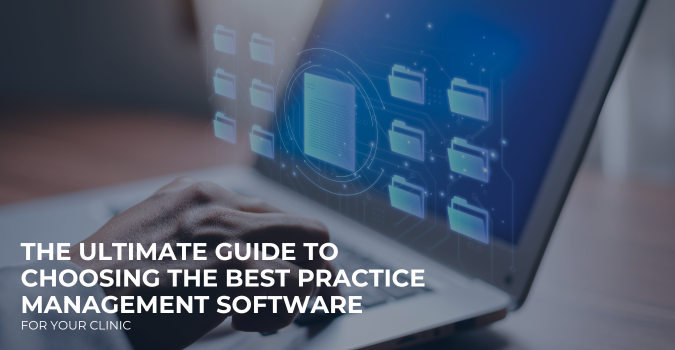In today’s fast-paced digital world, patients expect the same level of convenience and accessibility from…

Healthcare IT Challenges Decoded: Solutions for Success
Healthcare companies have to negotiate a constantly changing and more complicated digital environment. Although technological developments lead to better patient care and more efficient operations, they also bring with them serious IT difficulties. Resolving these issues is essential to preserving productivity, guaranteeing strong security, and reaching compliance. The main IT issues that healthcare organizations encounter are described in this article along with practical solutions.
Cybersecurity Threats
Because patient data is sensitive, healthcare organizations are particularly vulnerable to cyberattacks. Data breaches, ransomware, and phishing are recurring dangers that can have serious negative effects on one’s finances and reputation.
- To protect patient data, use multi-factor authentication.
- Perform frequent vulnerability analyses and security audits.
- Teach employees to identify and handle possible cyberthreats.
- For sophisticated threat detection and response, collaborate with managed security service providers.
- Make a local or cloud backup of critical data.
Compliance with Regulations
Because regulatory requirements are complicated and standards in the healthcare industry are always changing, it can be difficult to comply with laws like Australia’s Privacy Act.
- Put data encryption into practice.
- Tracking and reporting can be automated with compliance management software.
- Review and update policies frequently to reflect changes in regulations.
- Give staff members continual compliance training.
- To ensure early problem detection, conduct routine audits to assist find possible weaknesses in procedures and systems.
Scalability of IT Infrastructure
IT infrastructure needs to expand as healthcare organizations expand in order to handle rising patient loads, data volumes, and operational requirements. Slow systems and a detrimental effect on patient experiences might be caused by inadequate scaling.
- Transition to cloud-based infrastructure to ensure flexible scalability.
- Regularly review capacity and performance metrics to anticipate scaling needs.
- Collaborate with IT vendors who offer scalable healthcare solutions.
- Utilise virtualization technologies to improve resource allocation. Virtualization allows computing resources to be scaled dynamically, making it easier to meet growing demands without needing major hardware upgrades.
- Data Backup and Disaster Recovery
Healthcare organizations must implement strong safeguards against data loss from hardware failures and cyberattacks. Without reliable backup systems, patient care can be compromised, and compliance with regulatory standards may be at risk.
- Ensure you have automated, encrypted data backup systems with offsite storage options.
- Develop a comprehensive disaster recovery plan to minimise down/me during incidents.
- Regularly review and update backup strategies to align with emerging threats and technology advancements.
- Establish an incident response team.
- Set up monitoring systems that provide real-time alerts when backup processes encounter issues.
System Upgrades
Outdated IT infrastructure is a common issue for many healthcare organisations. These systems can restrict functionality, slow down operations and lead to an increased risk of cyberattacks.
- Create a plan for upgrading critical systems over time to reduce disruptions.
- Leverage cloud solutions for scalability and cost-efficiency.
- Regularly review the performance of upgraded systems.
- Conduct compatibility checks before hardware upgrades to ensure that new components will work with your existing systems and software.
Staff Training
Implementing new IT systems frequently often faces resistance from staff due to insufficient training or the perception that the technology is overly complex.
- Provide hands-on training and accessible resources for all staff members.
- Offer segmented training sessions that cater to different skill levels, from basic to advanced, ensuring that no one feels overwhelmed by the technology.
- Establish a clear, ongoing training schedule with plenty of opportunities for staff to attend training sessions without disrupting their regular duties.
- Emphasise the benefits of new technology for both parents and staff.
Conclusion
While IT challenges in healthcare are significant, they are manageable. By implementing proactive strategies, healthcare organisations can overcome these obstacles, ensuring secure, efficient and compliant operations. Embracing modern technology and encouraging innovative practices will not only address current challenges but also position healthcare providers for sustained success in an increasingly digital world.




